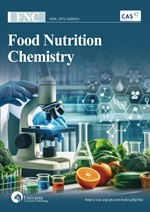Vol. 2 No. 3 (2024)
Volume 2, Issue 3 of Clean Energy Science and Technology (CEST) has a total of 10 articles published online. The authors of this issue come from five countries, China, Canada, France, the United States, and Costa Rica and they work at the Royal Society of Canada (Canada), CNRS (France), New York Institute of Technology (USA), Universidad Estatal a Distancia (Costa Rica), Dalian Institute of Chemical Physics, Chinese Academy of Sciences (China), Institute of Process Engineering, Chinese Academy of Sciences (China), and so on. This issue consists of one viewpoint, three reviews, four articles, one opinion, and one commentary.
We would like to extend our sincere gratitude to the authors, editors, and reviewers for their strong support for the journal. We warmly welcome experts and scholars to read, share and communicate!
Full Issue
Article
-
 Open Access
Open AccessArticle ID: 201
Review
-
 Open Access
Open AccessArticle ID: 157
Opinion
-
 Open Access
Open AccessArticle ID: 200
Commentary
-
 Open Access
Open AccessArticle ID: 206
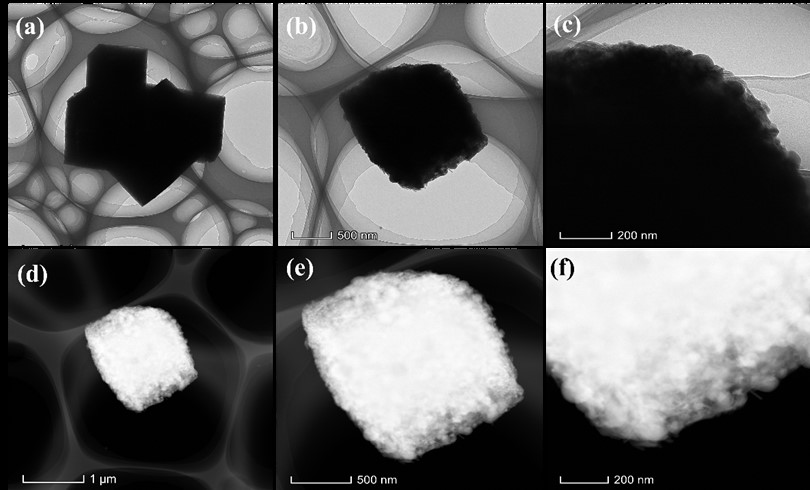
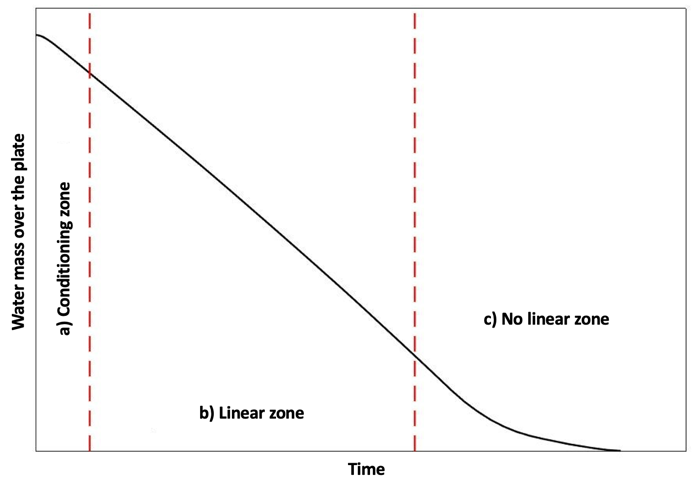
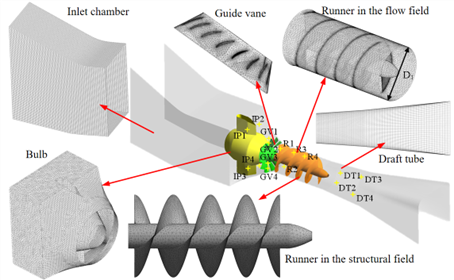
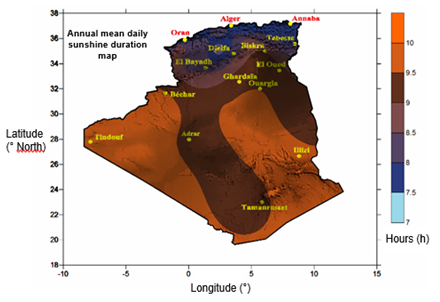
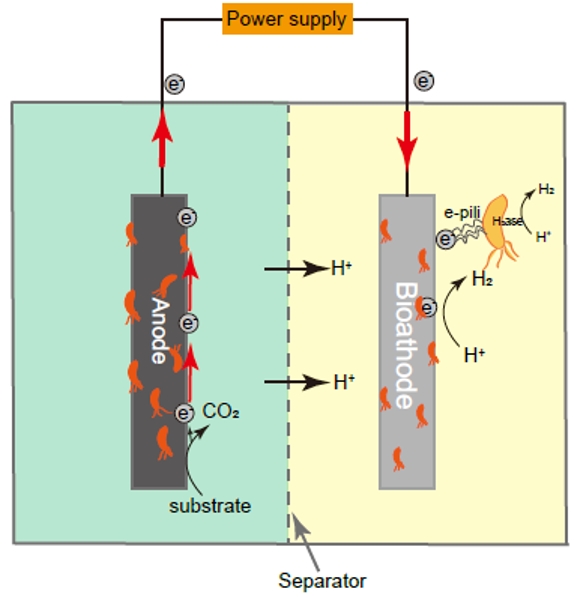
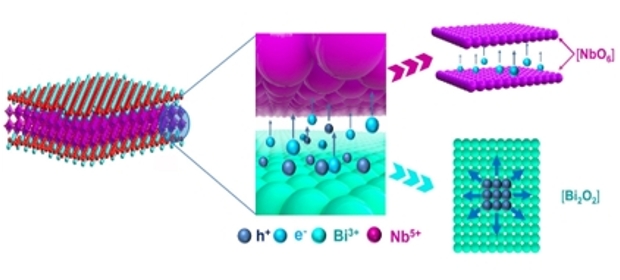
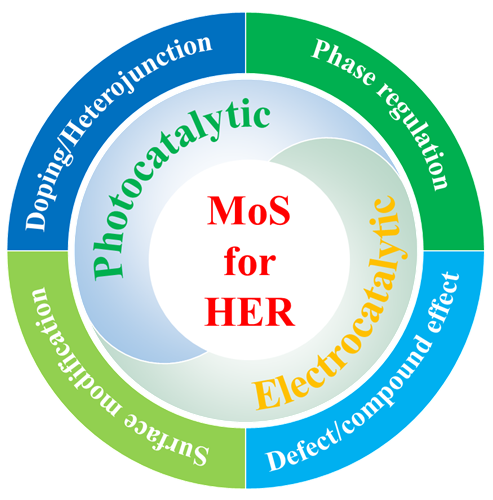
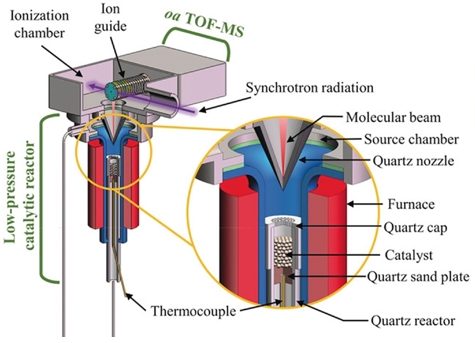



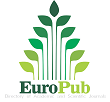
.jpg)
.jpg)
